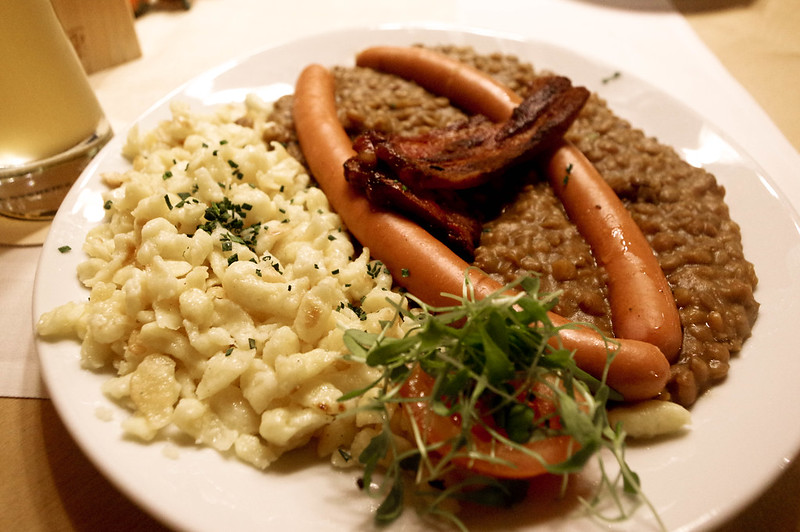Often perceived as rustic and unrefined, German cuisine has many tasty specialities to offer
German gastronomy still suffers from reductive clichés and preconceived ideas. Defined as rustic, heavy and unsophisticated, German cuisine nevertheless has culinary specialities worthy of the greatest interest, at least as much as its neighbours, the French and the Italians.
Let’s start with the bakeries! In Germany, there is more than just black bread to enjoy!
In the bread section, there is a wide range of bread to choose from. In shape and colour, size and flavour, it is sometimes difficult to decide. In a German bakery there are two types of bread shapes: large loaves that can weigh up to 2.5 kg and rolls, the best known of which is certainly the semmelbrötchen that invariably accompanies the bratwurst, the famous grilled sausage. Officially there are no less than several thousand loaves of bread (3255 according to the German Bread Institute) and among them are more than a thousand different small breads (the famous brötchen).
German bread is dense and heavy. Champions of all categories of breads which are called “special” in France, you will find white bread (Weissbrot), pumpkin seed bread (Kürbiskernbrot), sunflower, oat, spelt, flax, rye, the list is too long to name them all here.
These imposing loaves are cut into slices on which you can spread cheese, sliced sausages called Wurst or Aufschnitt or turn them into a sandwich for your lunch break. That’s why in a German kitchen you are sure to find an electric slicer!
German bakeries are a real paradise. Of course they don’t sell typical French sourdough baguettes, but the baguette has its place there too. They are lighter and less crispy because Germans don’t like hard and irregular crust. G
ermans are great bread eaters (85kg/year per person), it rarely happens that bread is missing for breakfast or dinner.
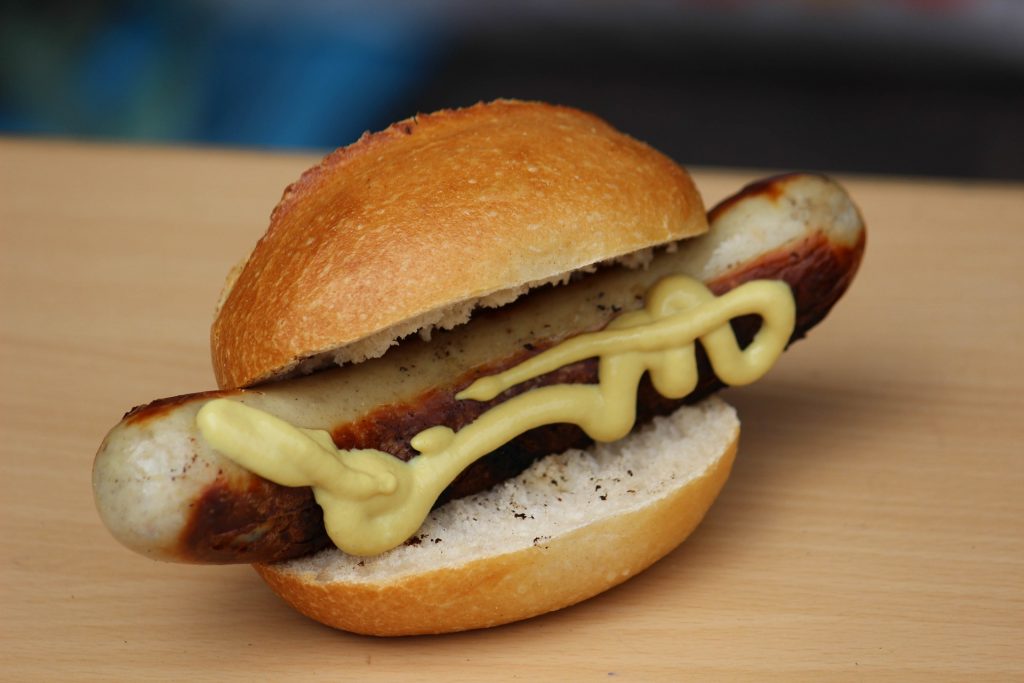
In Germany we eat “hot” once a day only,for diner, take a Brotzeit oder Abendbrot!
When I lived in Germany it took me a while to understand the culinary culture. In good French, I cooked for lunch and dinner. A German friend of mine once said to me, “but you eat ‘chaud’ (warm essen) twice a day”. In this part of Germany, Lower Franconia (Unterfranken), a cooked (and therefore hot) meal is prepared only once a day. Usually in the evening it is Brotzeit (bread time)! Round or rectangular wooden planks, an assortment of cold meats, sliced cheese, a few sweet and sour pickles, a few cucumbers and tomatoes and, of course, a dozen slices of bread are laid out on the table. And that’s all!
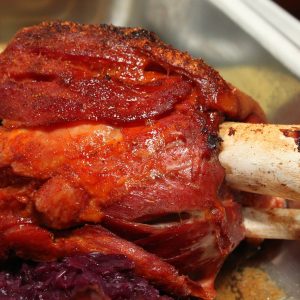
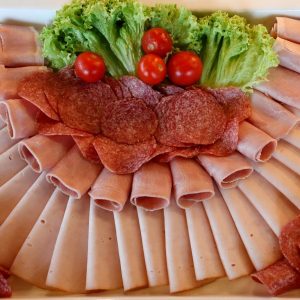
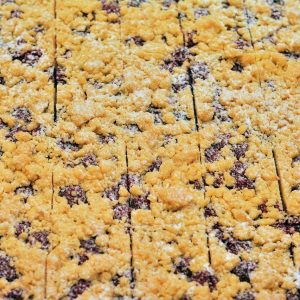

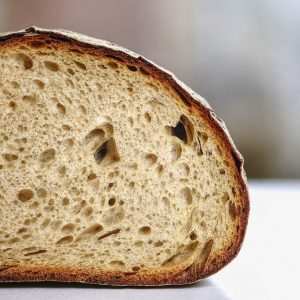

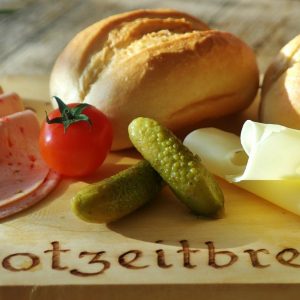
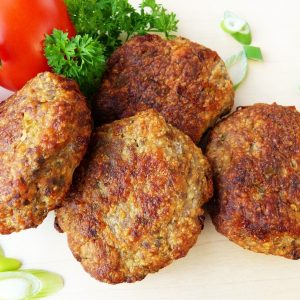
Let’s put an end to preconceived ideas about German cuisine!
There’s a lot to discover in our German neighbours: tasty stews, beautiful pastries and a host of sausages, there’s plenty to choose from
Delicatessen in Germany is called… Delikatessen (Feinkost, Aufschnitt). At the supermarket, to find the delicatessen section, look for the Wursttheke. German charcuterie is as varied and tasty as in neighbouring countries. The delicatessen shop window is huge. Amongst other curiosities, there is the Leberkäse, literally liver cheese, which is in fact the national German pâté.
The astonishing Fleishsalat (meat salad) is a preparation made from a julienne of meat sausage (Fleischwurst), a few sliced gherkins and lots and lots of mayonnaise. Mortadella comes in all shapes and flavours: with herbs, spices, paprika, salami, ham…
A quick look at Germany’s emblematic meals is enough to overcome preconceived ideas: it is fragrant, spicy, aromatic, anything but boring and bland
Goulash, this elongated stew, spiced with paprika and accompanied by Knödel (a variant of dumplings) is a warm and comforting dish that you also can order in Hungary and Austria. German gastronomy also treats with gnocci-style pasta such as the irresistible Bavarian Schupfnudeln, rustic indeed but so melting and satisfying that it fills the heart as much as the stomach.
As for the Eisbein, this shank of pork simmered for an eternity in the stock and then spent a few minutes in the deep fryer, it has been crossing the German borders for a few years now to appear on the menus of trendy bistros all over the world.
Potato salad with bacon and gherkins and all the wurst sausages you can imagine is easy to find on every street in Germany.
The pastry here has a strong personality: Sachertorte, Schwartzwaldtorte, Käsekuchen, Apfelstrudel…
Germans usually make a large pastry. The cakes (Torte) rise on several floors, they are opulent cakes alternating layers of sponge cake (Biskuit) and cream. They are always cleverly decorated with elegant curls of whipped cream, marzipan, chocolate chips, etc.
As for the tarts (Kuchen), they are rarely less than 10cm high. You will find in the pastry shop window (Konditorei) a lot of cakes to be cut but less petits fours as in a French pastry shop.
They have names that are difficult to pronounce, okay, but on the other hand they are so delicious that they are very easy to eat. These majestic creations can be found in all German pastry shops and tea rooms. They are then tasted with a coffee in the afternoon because in Germany, we don’t eat dessert at the end of the meal!
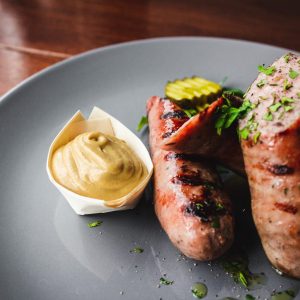
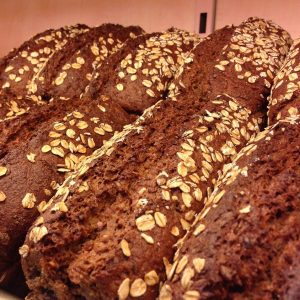
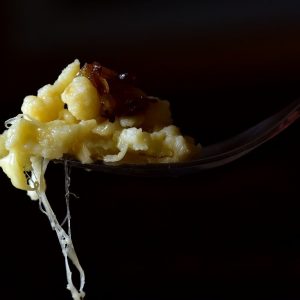

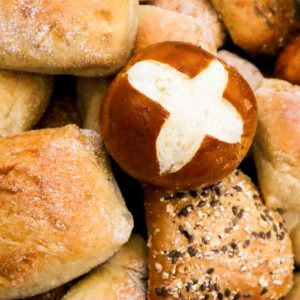
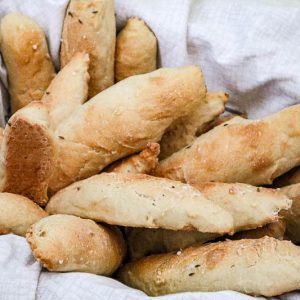
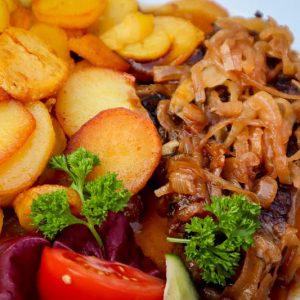
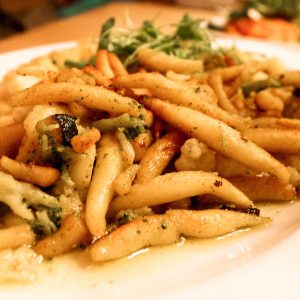
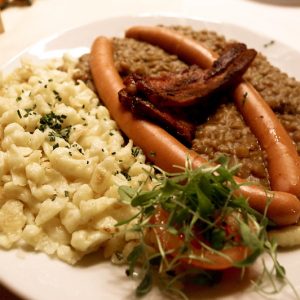
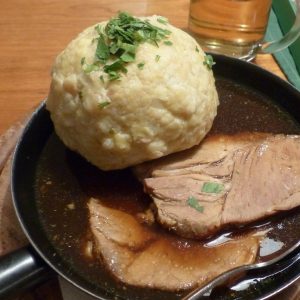
Who invented the Hamburger?
The Germans! Hence its name (from Hamburg). If it has really become popular in North America, the concept of this sandwich is typically Germanic. Germans, young and old, are still in the habit of preparing their snack by cutting the round buns, the Semmelbrötchen, in half and garnishing it with a frikadelle, a cold patty of minced meat.
